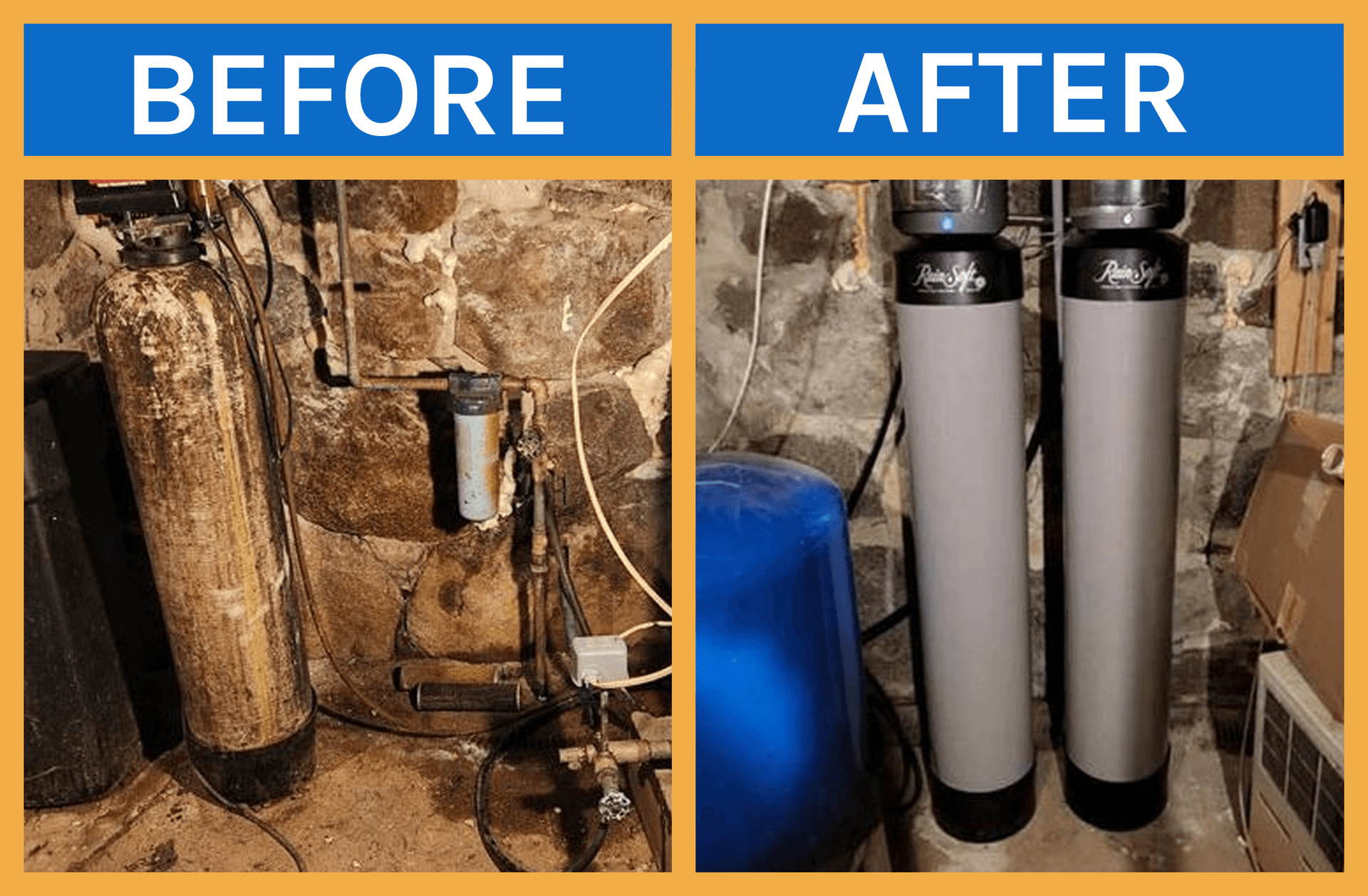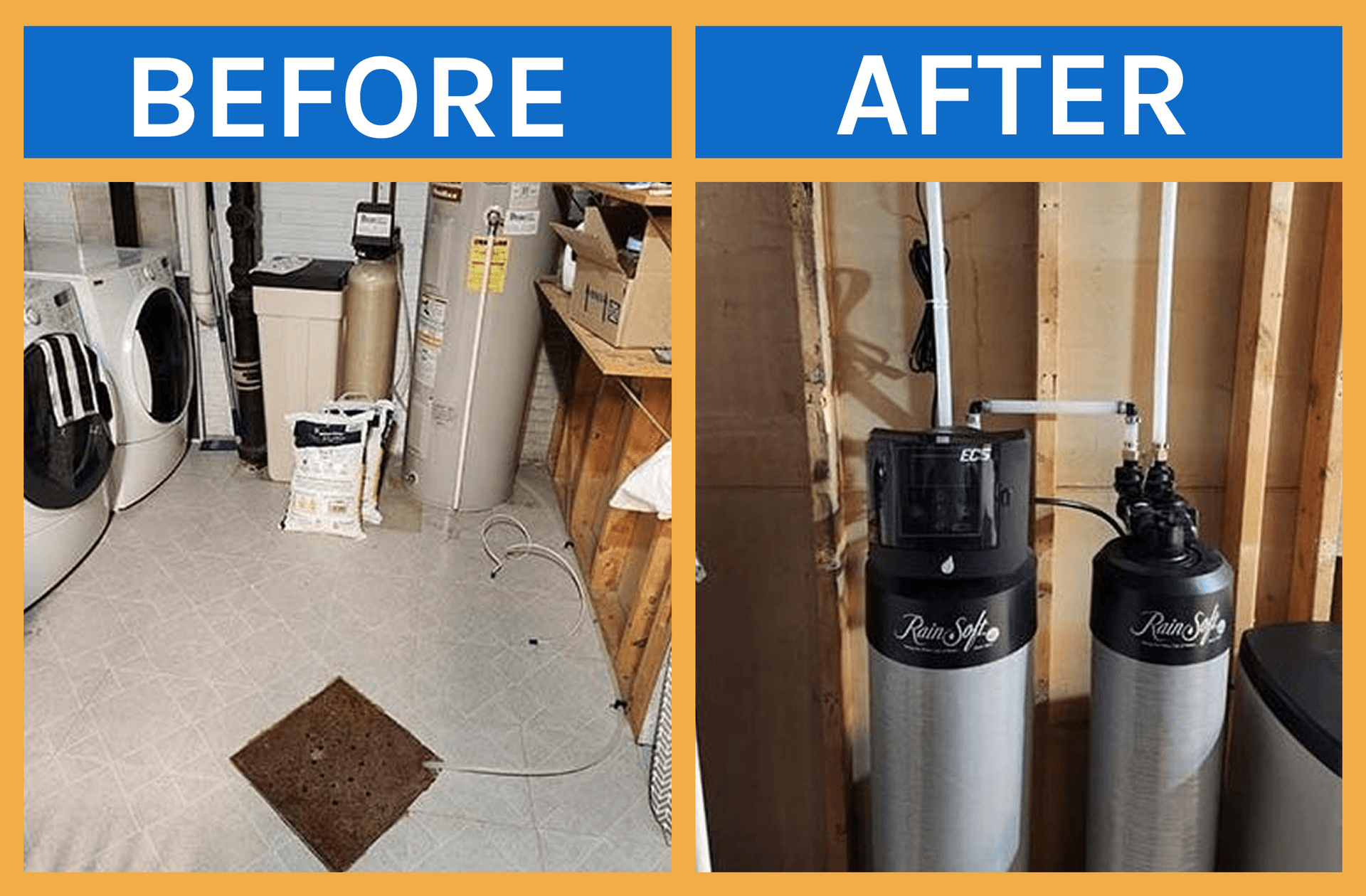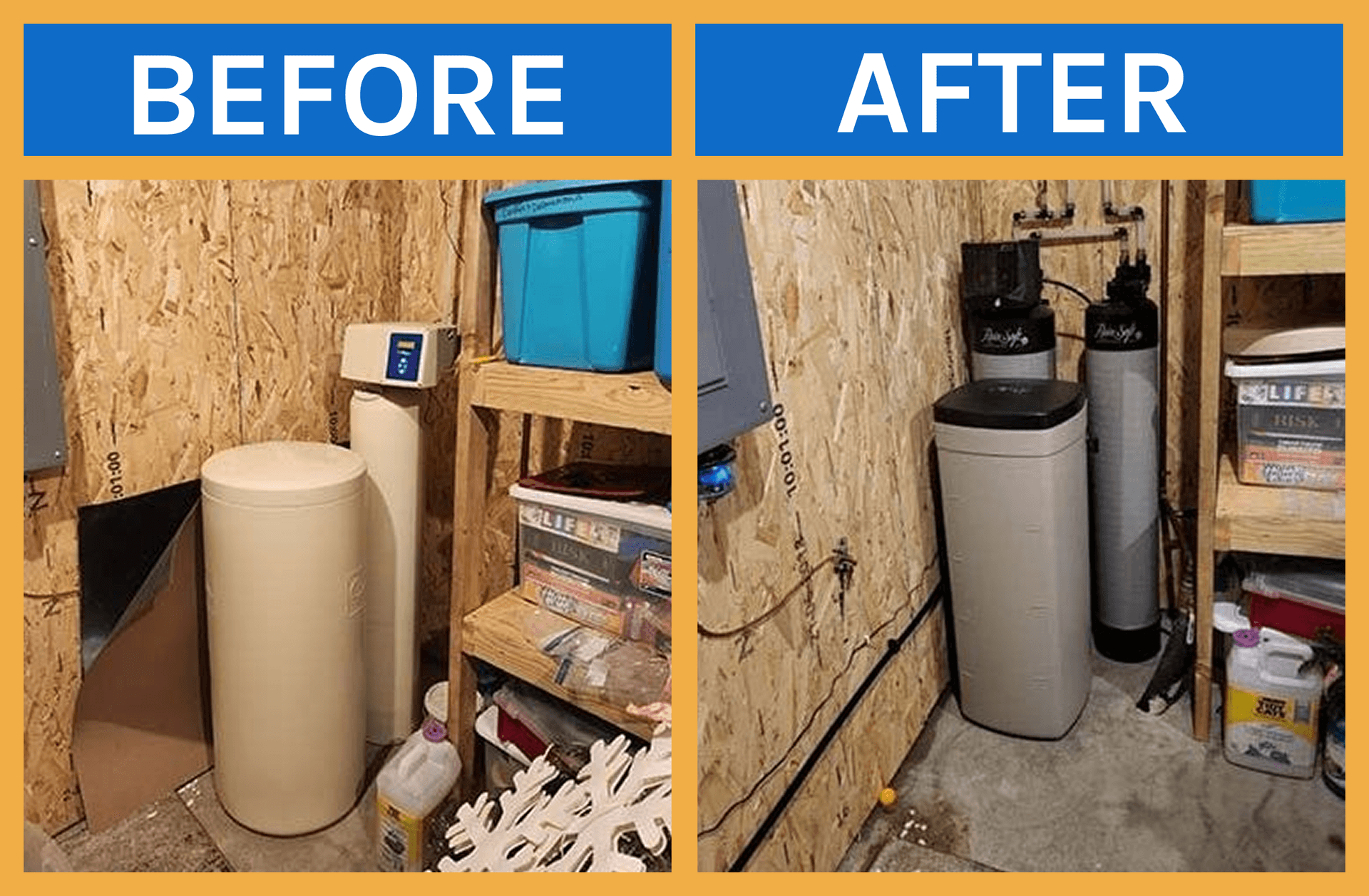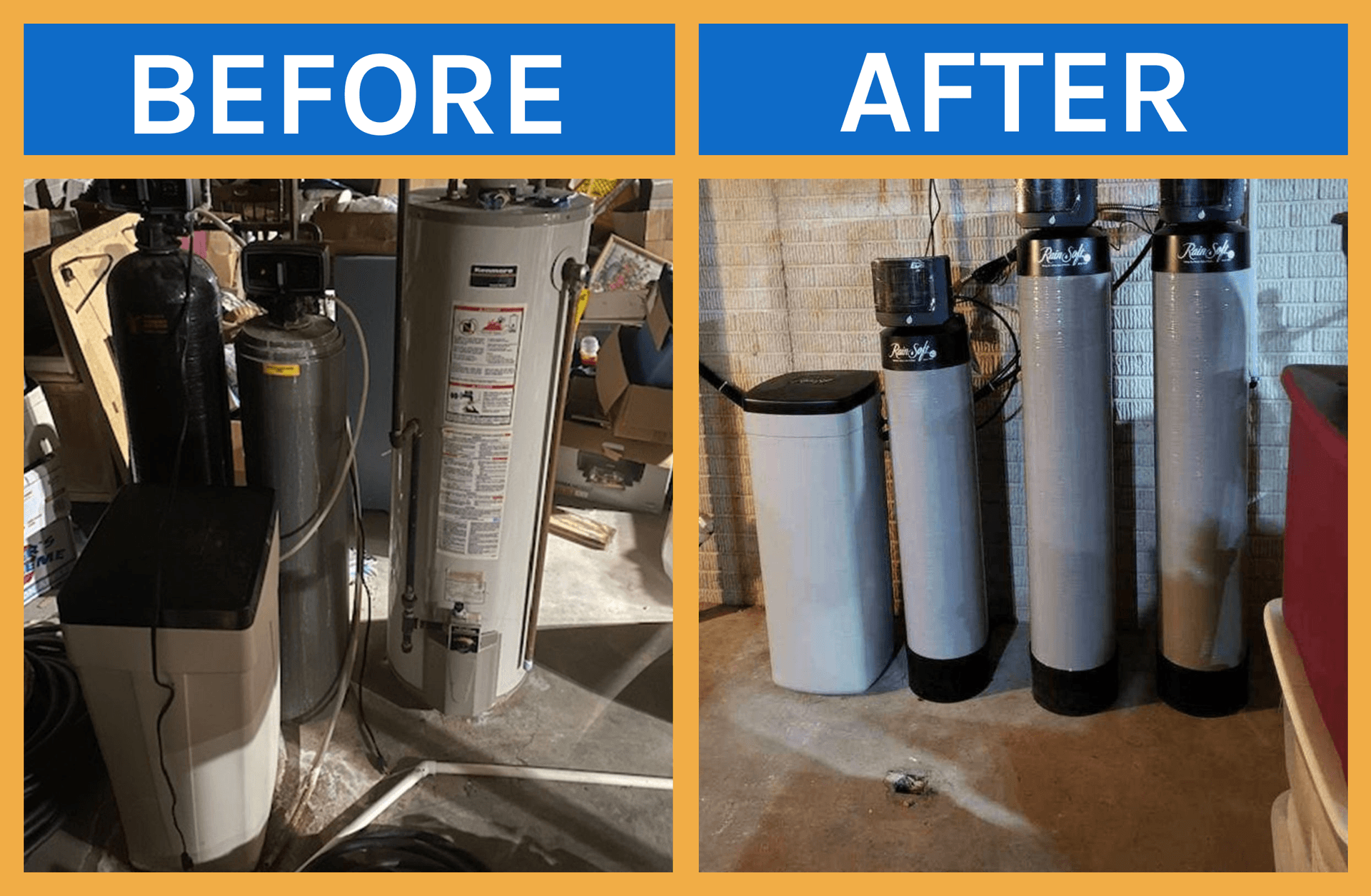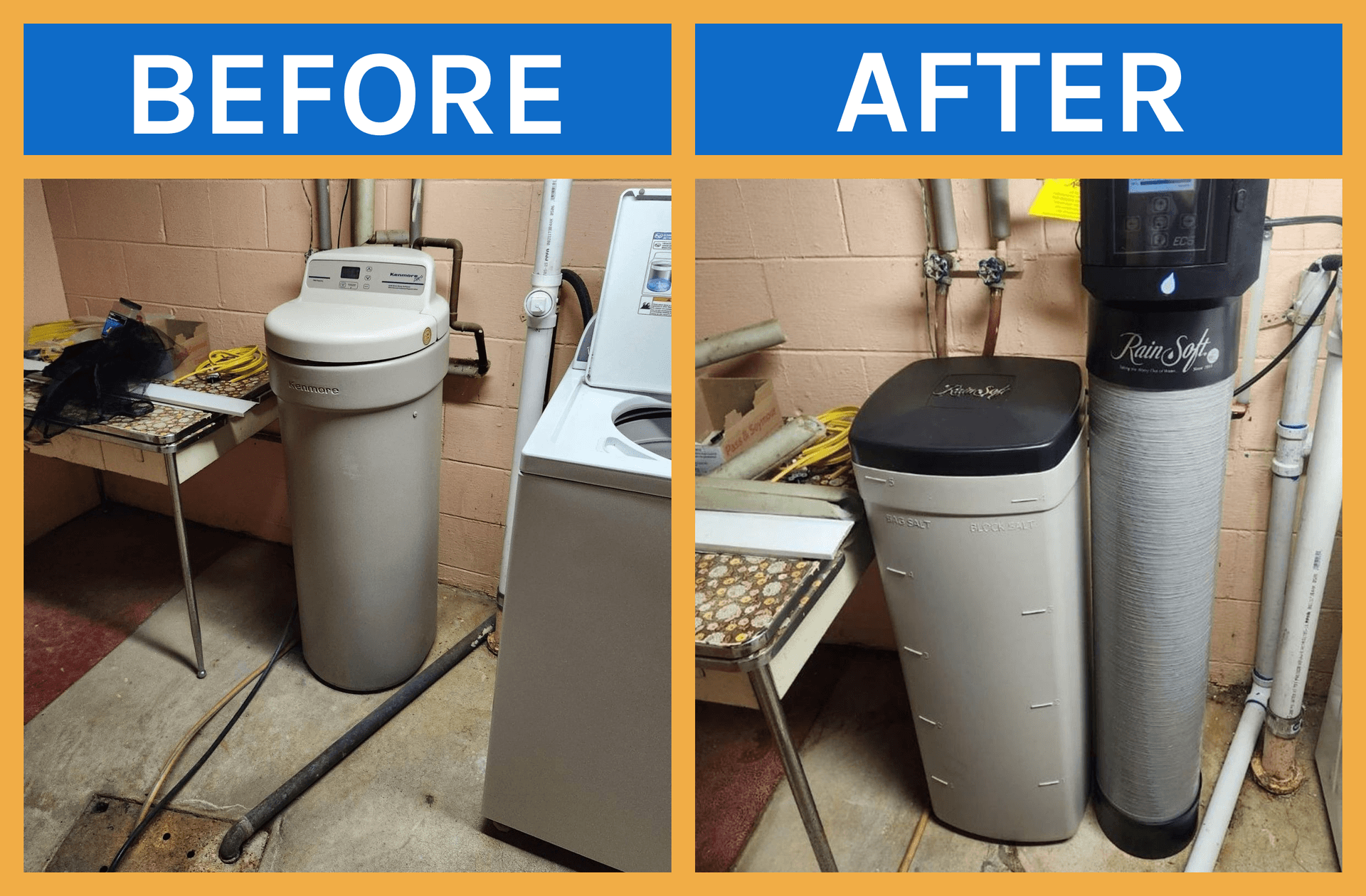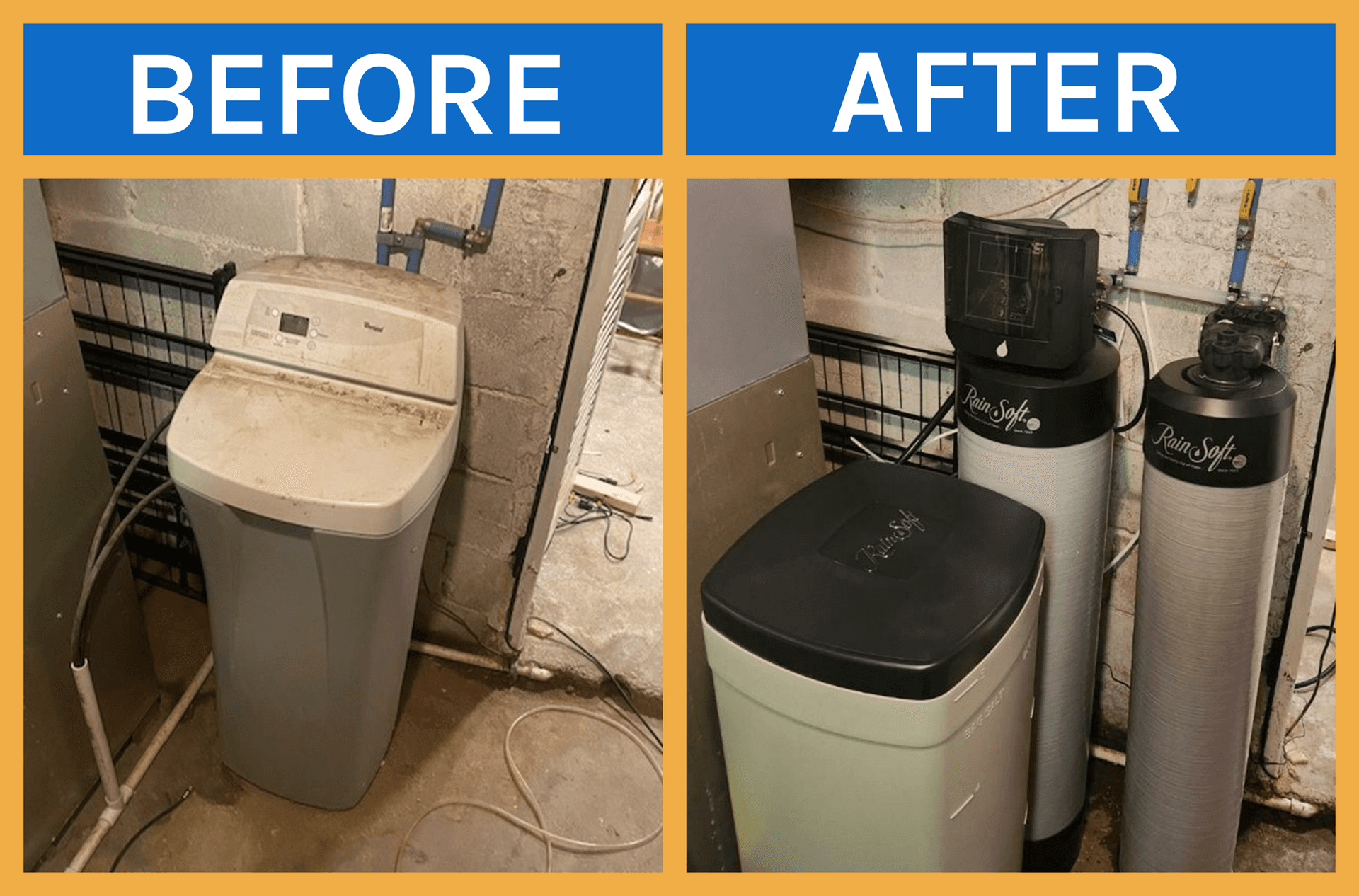
Surprising Facts About Water
Did You Know. . .
- According to nutritionists and healthcare professionals, we need to drink four or more glasses of water every day in order to stay healthy.
- Water is the only substance on Earth naturally found in three elemental forms: solid, liquid and gas.
- Nature does not create new water — it recycles the same water that existed on Earth billions of years ago.
- Each day the sun causes about one trillion tons of water to evaporate.
- Americans use about 26.1 billion gallons of water per day for household chores.
- On average, each person in the United States uses between 80 and 100 gallons of water per day. The largest use of household water is to flush the toilet and to take showers and baths.
- An ear of corn is 80 percent water.
- Nearly 70 percent of the human body is made up of water — the lungs alone are 90 percent water and the brain, 70 percent.
- On average, 50 to 70 percent of summer household water use is for watering lawns and gardens.
- Americans drink more than one billion glasses of tap water per day.
- Every year Americans consume 2.5 billion gallons of bottled water.
- Water facilitates weight loss and helps you stay healthy and regular, especially important when you are on a diet.
Water’s Life Cycle
Nature doesn’t create new water. It constantly recycles the same water that existed on the planet billions of years ago.
This recycling process, known as the hydrologic or water life cycle, works like a giant plumbing system to transport and renew our planet’s water within the closed system of the earth’s atmosphere.
Operating since the beginning of time, the hydrological cycle describes the movement of water as it passes through three phases: solid, liquid and gas.
How the Cycle Works
You’ll find the hydrological cycle hard at work high in our atmosphere as well as several kilometers below the earth’s surface. The cycle operates through a number of natural processes scientists call evaporation, transpiration and precipitation.
Evaporation describes the change from water as a liquid to water as a vapor. Water evaporated from ocean surfaces combines with water evaporated from freshwater sources such as rivers, lakes and streams to produce clouds.
The clouds, in turn, produce precipitation, 78 percent of which falls back into oceans while the remaining 22 percent falls back on land.
Transpiration, on the other hand, is the loss of water by plants. Transpiration rates depend upon temperature, humidity and wind speed conditions near the leaves of plants. And since plants draw water from the soil, transpiration rates can greatly affect soil moisture content. Soil water loss resulting from both transpiration and evaporation is called evapotranspiration.
Where Does Precipitation Go?
When precipitation reaches the ground, it follows two basic pathways: surface flow and infiltration. As water soaks into the subsurface through infiltration, it moves through the pores of the soil until the soil reaches saturation. Once infiltrated, water continues to filter through soil or rock through vertical movement called percolation. Percolation results in the movement of water from the soil layer to groundwater. Underground formations that contain groundwater are called aquifers.
Discover More Facts About Your Water!
How much do you know about the water at your home or business? Find out facts about your water supply with a complimentary water test from RainSoft of NE Iowa. Since 1953, we’ve worked with homeowners and business owners to take the worry out of water. Whether you’re looking for water softeners for hard water or need a water disinfectant system, we can help. Call us to schedule your free consultation at (319) 346-3286 or submit our contact form today!
FREE WATER QUALITY TEST
Receive a $40 Gift Card with Your Completed Test
Recent Posts
Hard water, characterized by a high concentration of minerals like calcium and magnesium, is a common issue for many homeowners...
Ensuring clean drinking water is essential for health, but certain chemical contaminants can sometimes find their way into water sources...
Despite the advancements in our municipal water treatment facilities, the risk from contaminants — ranging from industrial pollutants to natural occurrences — is and will always be present...
Contact RainSoft of NE Iowa
For more information and to schedule a complimentary water test, contact RainSoft of NE Iowa today. We are an authorized RainSoft dealer serving Waterloo, Cedar Falls, Cedar Rapids, Marion and many other communities in the northeast region of IA.
Our Testimonials
We live a considerable distance away from the city where Rain Soft is located but have never had any problems with the system itself. We were proud to recommend it to our son when he brought the place from us. He has no problems as of this date. Thank you for your service!
Rainsoft is a great product that comes with great service. We feel it was an investment, but we feel it was worth it. We have the Ultrefiner Drinking Water System that we use for all of of water bottles on the go - they stay clean - no yellow or pink film…. The Water Conditioning System is efficient and we used about 6 bags of salt in the last year - active family of 2 with family stopping in. Would highly recommend Rainsoft.
We have been with Rain soft since 1999. We recently purchased a new softener and decided to stay with Rain soft because of their excellent service and quality of product. We have had the reverse osmosis system since the beginning and have also added the chlorine removal tank. We enjoy having the quality water that our system provides us with. Thanks to rain soft. Brent and Carla Whitlock.
Will make this short. Had some problem with our water softener. Had water on the floor. It would make all kinds of noise and the our water softness was inconsistent. Lucas came and took the time to fix it right! Our water softener has never worked this well. Be sure to let Lucas know much we appreciated his work!!
RainSoft has delivered excellent service and products since we installed a whole house water system more than 20 years ago. We recently replaced our refrigerator and RainSoft came the next day to connect the new water line for our ice/water. Prompt and friendly service!
Blake was awesome and the warranty on the products is very good. Blake took the time to replace all potential problem parts in the system at no additional charge. Living in the country with well water is hard on the system but I don’t know what I would do without it. Blake also had some extra bags of salt on hand to save us a trip. Very professional and obviously took pride in doing things right!






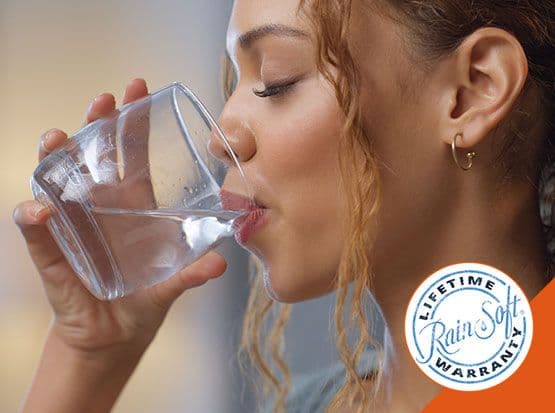
Lifetime Warranty
A RainSoft home water treatment system is backed by the most comprehensive warranty in the industry: the RainSoft Lifetime Warranty. When installed by our knowledgeable, certified technicians and licensed plumbers, you get unsurpassed warranty coverage for all RainSoft water softener and air treatment products. You can even take your RainSoft system with you if you move! That means a water treatment system from RainSoft is the last system you will ever need to buy. Contact us today to schedule a free water test.
News and Updates
Hard water, characterized by a high concentration of minerals like calcium and magnesium, is a common issue for many homeowners...
Ensuring clean drinking water is essential for health, but certain chemical contaminants can sometimes find their way into water sources...
Despite the advancements in our municipal water treatment facilities, the risk from contaminants — ranging from industrial pollutants to natural occurrences — is and will always be present...
We Could Be In Your Area

Mon - Fri: 8AM - 4:30PM
Sat - Sun: Closed




